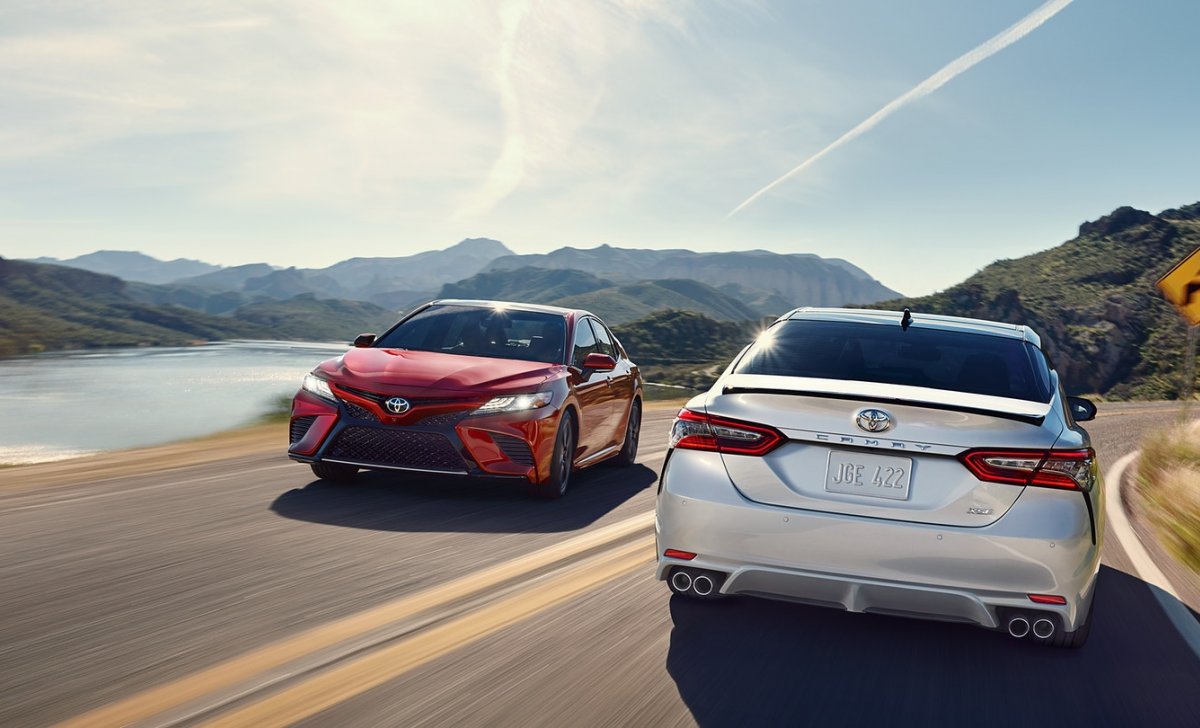Decoding Car Insurance for Toyota Camry: A Comprehensive Guide
The ubiquitous Toyota Camry, a staple of American roadways, presents a unique insurance landscape. Factors beyond the vehicle’s inherent reliability—like driver profile, location, and chosen coverage—significantly impact premiums. This deep dive unravels the complexities of insuring your Camry, providing insights to help you navigate the market and secure the best possible rates. From understanding the nuances of coverage options to leveraging discounts and comparing Camry insurance costs against competitors like the Honda Accord and Nissan Altima, we’ll equip you with the knowledge to make informed decisions. We’ll also explore how safety features, driving history, and even your geographic location influence your insurance premium, empowering you to take control of your car insurance costs. Camry Insurance Cost Factors The cost of insuring a Toyota Camry, like any vehicle, is determined by a complex interplay of factors. Understanding these variables allows consumers to make informed decisions and potentially secure more favorable rates. This analysis delves into the key elements impacting Camry insurance premiums. Age of the Driver Younger drivers typically face higher insurance premiums due to statistically higher accident rates. Inexperience and risk-taking behaviors contribute to this elevated cost. Insurers assess risk based on age, and those under 25 often pay significantly more than older, more experienced drivers. Conversely, drivers over 65 might see slightly higher premiums depending on their driving record and health conditions. Driving History A driver’s past claims history significantly influences insurance costs. Multiple accidents or traffic violations will likely lead to higher premiums. Insurers use a points system to track driving infractions; accumulating points increases the perceived risk and, subsequently, the cost of coverage. Maintaining a clean driving record is crucial for securing lower rates. A significant accident-free period can also positively impact premiums over time. Location Geographic location plays a considerable role in determining insurance costs. Areas with higher crime rates, traffic congestion, and a greater frequency of accidents tend to have higher insurance premiums. Urban areas generally command higher rates than rural areas due to increased risk factors. This reflects the higher likelihood of vehicle theft, collisions, and other insurance claims in densely populated regions. Coverage Levels The type and extent of insurance coverage selected directly impact premiums. Liability coverage, which pays for damages caused to others, is typically mandatory and forms the base cost. Adding collision coverage (covering damage to your own vehicle in an accident) and comprehensive coverage (covering damage from events like theft or hail) will increase the premium. Higher coverage limits, offering greater financial protection, will also lead to higher premiums. Consumers should carefully weigh the level of coverage needed against the associated costs. Camry Model Comparison The specific Camry model also influences insurance costs. Generally, higher trim levels, with more features and a potentially higher market value, will result in slightly higher insurance premiums due to increased repair costs in case of damage. Camry Model Average Annual Premium (Estimate) Factors Influencing Premium Notes LE $1200 Basic features, lower repair costs This is an illustrative example, actual costs vary widely. SE $1300 Added features, slightly higher repair costs Premiums reflect increased value and potential repair expenses. XLE $1450 Luxury features, higher repair costs Higher value and more complex repairs contribute to higher premiums. Comparing Camry Insurance to Competitors … Read more

